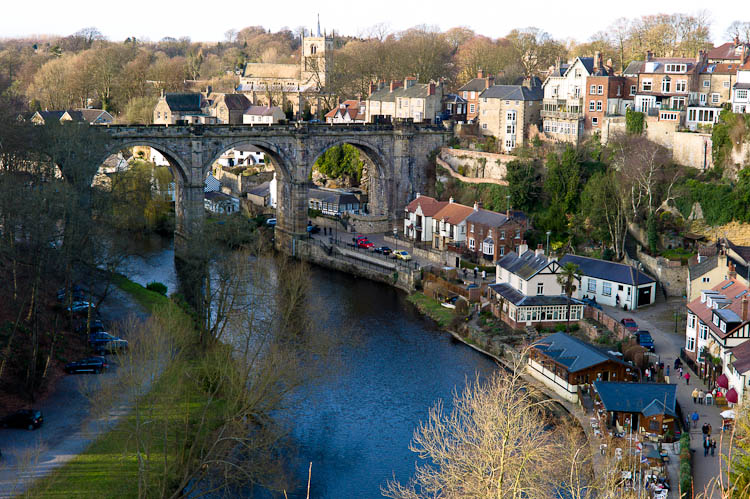Range Loser
Established
I agree with Shadowfox that the D800 may not look "similar" to film, but it is not my aim to start a film v digital post with this thread, I only referred to medium and large format film as a comparison of a highly detailed media.
I also agree that both film and digital have hassles in one way or another, and some prefer one way of working to another. Looking at my film scans, I can easily see where my lack of skills/decent equipment lies. Personally I find it much easier to achieve a level of proficiency I am happy with using the digital route.
I was at Focus on Imaging today and was only inches from a D800, but as there was only one camera on the Nikon stand, and a large queue of people eager to have a hands on, I decided I could wait until they appear in the shops.
I also agree that both film and digital have hassles in one way or another, and some prefer one way of working to another. Looking at my film scans, I can easily see where my lack of skills/decent equipment lies. Personally I find it much easier to achieve a level of proficiency I am happy with using the digital route.
I was at Focus on Imaging today and was only inches from a D800, but as there was only one camera on the Nikon stand, and a large queue of people eager to have a hands on, I decided I could wait until they appear in the shops.






